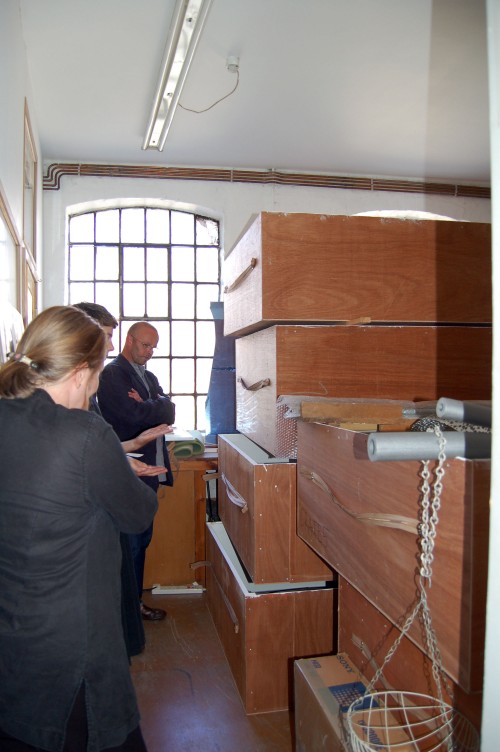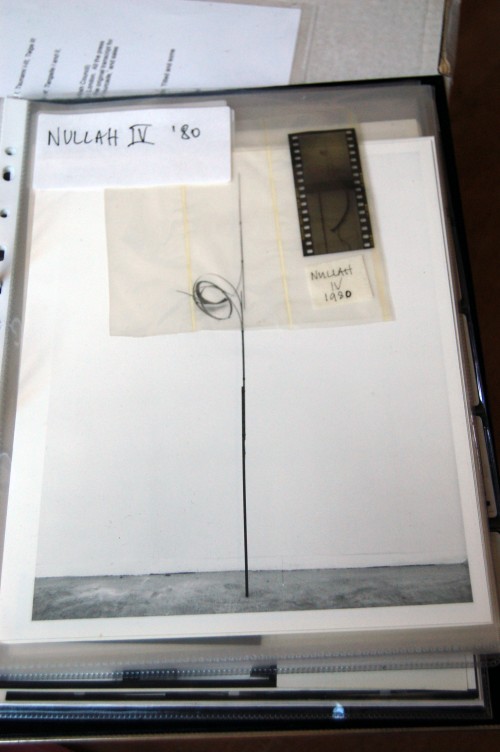Preparing for an exhibition on Shelagh Cluett (part 1)
Tags: 1970's, Preparing for an exhibition on Shelagh Cluett, Shelagh Cluett: Sculpture 1977 - 1980, Susan Forsyth, www.shelaghcluett.com
In deciding to show work by the late Shelagh Cluett, the first decision - what to show - was relatively straight forward as her work of the 1970′s was not only of interest in its own terms materially and theoretically but also evokes questions of how it was for a young female sculptor in the UK at that time.
Within the trajectory of the CHELSEA space exhibition programme the dates 1977-1980 worked well, connecting this exhibition to others in the programme giving a broader narrative and context.
Shelagh Cluett’s estate is overseen by Trustees Sasha Craddock, Charles Garrad, Virginia Whiles, and Chris Yetton, and the archiving of the estate has been managed by the brilliant Johanna Garrad. The archive has a web presence at www.shelaghcluett.com
CHELSEA space’s decisions around the work for the show had been fairly well fixed before visiting the archive and studio, but a visit was arranged to pin down details of particular works to be shown and to check on the condition of the work. CHELSEA space Director Donald Smith invited sculptor Susan Forsyth and Korean curator and CHELSEA space assistant, Gyeyeon Park ,to accompany him to meet Jo Garrad at the studio.
The studio was filled with Shelagh Cluett’s sculptures, archives, her cocktail bar (!) and the thousands of objects that she had collected on her many travels, particularly in the Far East. Jo Garrad’s task of researching and archiving this vast collection must be daunting but she approaches it with stoical pragmatism, good humour and enthusiasm. CHELSEA space is enormously grateful to her.
One of the things that became clear from the studio visit was that, as well as the sculptures themselves, there was a wealth of fascinating visual archive material, in particular, black and white ‘ten by eight’ photographic prints of each of the works. In the 1970′s these photographs would have functioned as an artist’s archive record, calling card, and potential image for publication. These photographs were taken at Cluett’s studio in Wapping where she moved in 1978.
It was clear that these archive photographs could work well in the CHELSEA space exhibition offering an opportunity to present some of the sculptures that would be just too vulnerable to exhibit. The photographs will be shown in the entrance and ramp space acting as a walk through introduction to the work and echoing the delicate linear spatial interventions of the sculptures themselves.



